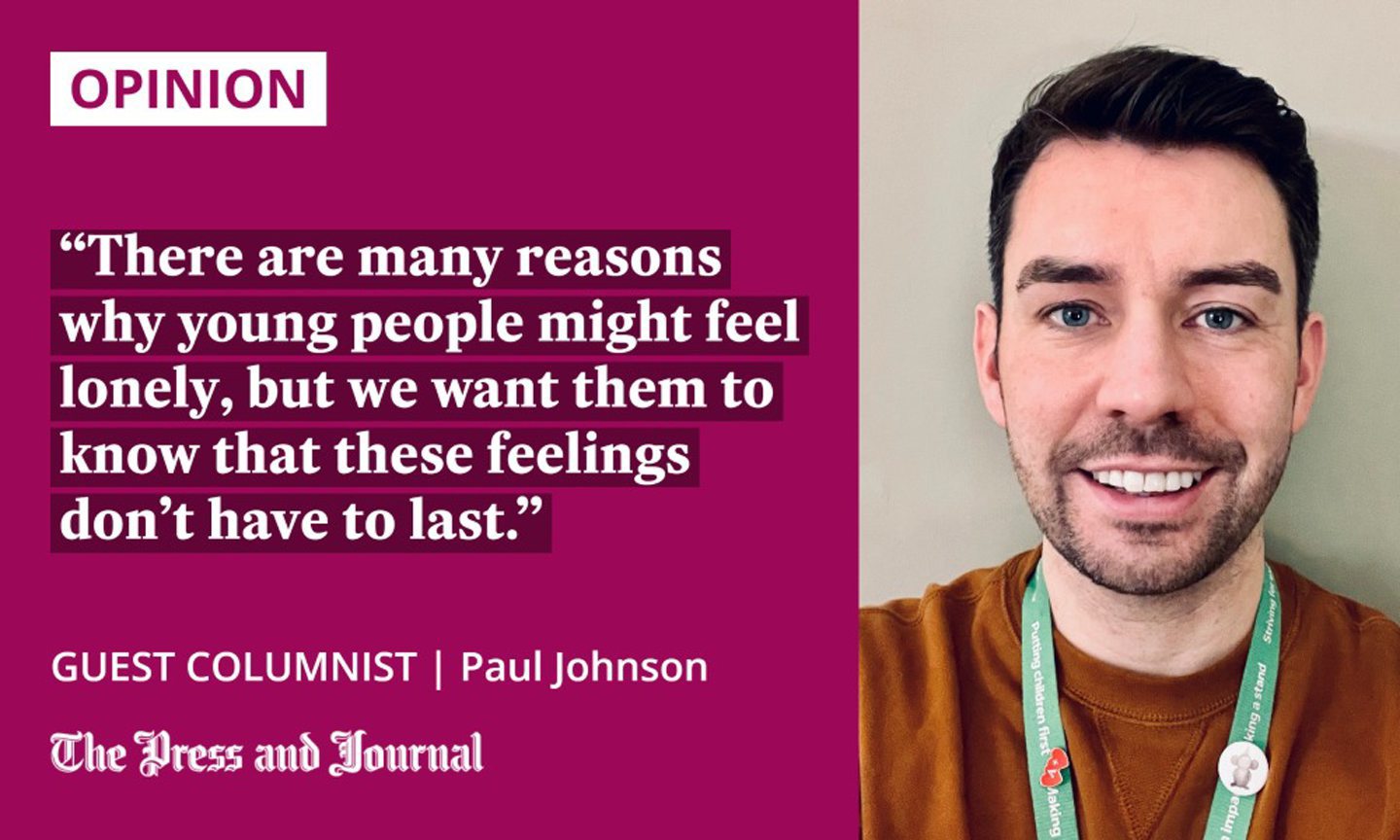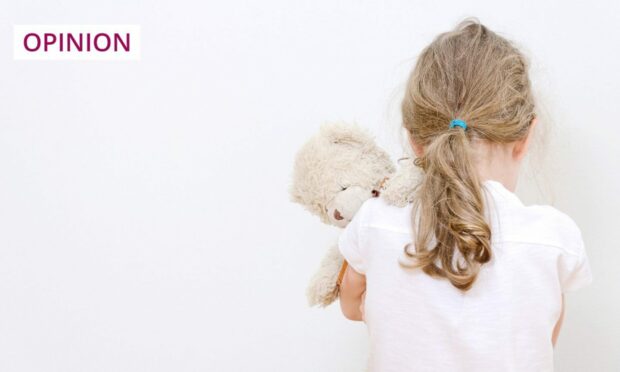Young people should be encouraged to speak about any emotional or mental health issues early on, so they don’t escalate, writes Paul Johnson of Childline.
For children and young people, dealing with feelings of loneliness can be an anxious and isolating experience.
There are a range of reasons why children can feel lonely. They may be finding it hard to make friends, especially if they have moved schools and have to start somewhere new. They might be being bullied, or have lost someone close to them.
Childline’s trained counsellors hear from some children who feel lonely due to being left out of friendship groups and social media chats, whereas others say their loneliness stems from feeling negatively about themselves, or because they don’t think their friends or family understand them.
Young people have also told Childline that the national lockdown, due to the Covid pandemic, made their feelings of loneliness more intense.

Between April 2021 and March 2022, the counselling service run by the NSPCC delivered 5,564 counselling sessions with children on this issue.
Poor mental health is a top concern for children contacting Childline, and has been for the last six years. Recently, one of our dedicated counsellors was told by a 10-year-old girl: “I am so lonely as I have no friends at school anymore. I often cry myself to sleep at night… so I called Childline. I have not told my parents how I am feeling because I don’t think they will take it seriously.”
Cost-of-living crisis has put extra strain on children and their families
With the support of Lidl GB, which has fundraised for Childline since 2020, we have launched our “Day in the Lonely” campaign. This is to encourage families to have regular and open conversations about issues like loneliness, so young people can get the support they need.
The cost-of-living crisis and the strain it puts on many families has also contributed to children’s experiences, and we are encouraging them to speak about their emotional and mental health issues early on, so they do not escalate to crisis point.
Many children and young people feel depressed due to loneliness, and that’s why we are reminding all children to talk to a trusted adult, like a parent, teacher or Childline counsellor, about how they are feeling. It is a brave decision that will enable them to get the help they need.
Children and young people can also find more support and advice on the Childline website, where they can use resources such as our art box to draw or write down their thoughts, as well as find ways to speak with others about what they are experiencing.
There are many reasons why young people might feel lonely, but we want them to know that these feelings don’t have to last.
Our dedicated Childline counsellors are always there for children and young people when they need support on 0800 1111 or via the website.
Paul Johnson is Childline team manager for Aberdeen.

Conversation